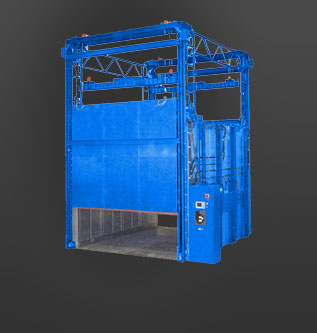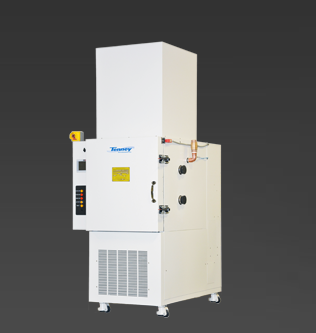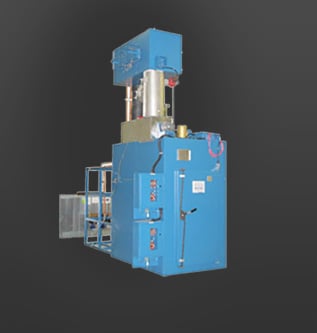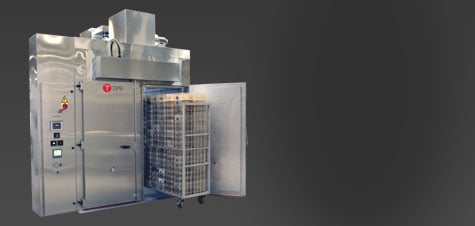
Think : Thermal : The Dining Experience
Posted on September 19, 2017 in Blog
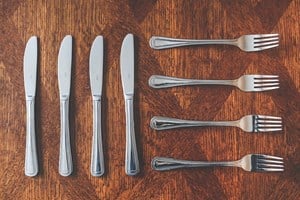
One of the things everyone does to survive is eat. Whether you are drinking your morning coffee or are out for a five-star meal, cutlery is something that everyone uses. Continuing with our series of how heat treating plays a role in our everyday lives, we will focus this blog on the dining experience.
The earliest type of cutlery used by humans was simply their hands. While commoners utilized that messy, yet effective, method -- along with stale bread "trenchers" to push their food along -- knives and spoons were used by the upper class. The earliest spoons were made of animal horns or shells and attached to a stick. One's personal spoons and knives were brought along during travels as the host wasn't expected to provide them. The fork appeared in use later, probably gaining traction starting in the early 1500s.
Early Production of Cutlery
At some point after 1650, cutlery began to be produced on a wider scale in what came to be the cutlery capital of the world, Sheffield, England an event that improved etiquette and increasing demand. Prior to this time, the silver used in this process was often melted before being poured into shaped molds.
Evolution of the Manufacturing Processes
Later, hammers were used to fashion cutlery into the desired shapes and thicknesses. At some point in the process, though, the sheet of silver or other metal would become so brittle that it would not be suitable for further work. This issue was addressed by the process of annealing. Using heat of about 1,000 degrees, the silver was placed under it before being quickly submerged in cold water. This served to strengthen the metal and reduce its brittleness. Afterward, the hammering could begin anew.
During the grinding phase, two important things happened. Using abrasives, grinding was used to sharper knives and provide them with cutting edges. Grinding also served to remove impurities and to clean the surface in preparation for the next step. These included finishing touches like polishing the blade as well as cutling. Though an outdated term now, cutling is the process of making and fitting the handle of a knife to the blade. It's finished off with polishing.
Modern Cutlery Practices
Today's high-quality knife blades are born steel bars that are forged by mechanical hammers. First, the bars are heated before being placed between forging dies. These are used to roughly hammer out the desired blade shape. This shape is further fine-tuned by trimming away the excess forgings.
In some cases, a knife is forged as a complete unit using a large dropforging hammer. Still others are fashioned by cutting a sheet of steel so that only a short tang -- the portion that protrudes from the blade -- is left. The blades are then forged before hardening using the heating and cooling process. Tempering is carried out after hardened to control the hardness, improve the toughness, and reduce brittleness.
Stainless Steel Breakthrough
Though the use of cutlery was embraced by royalty and the merchant class alike, it carried with it a rather unpleasant taste. This was often because of the way the metals would react with the food. It wasn't until the early 20th century that Harry Brearley, a metallurgist, successfully combined alloys to produce the first stainless steel that would then be used by the city's cutlery manufacturers in Sheffield, England.
Going beyond forks and spoons, plates and cups are also cured to become more durable. Stay tuned for part two to learn more!
